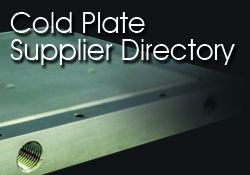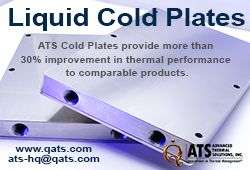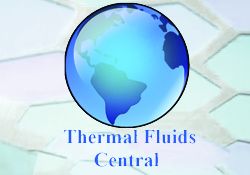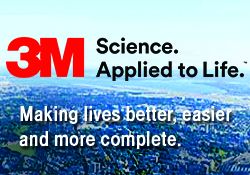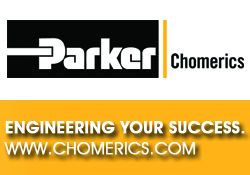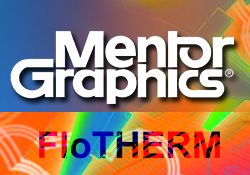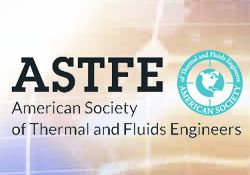Featured
-
Researchers used novel technique to 3-D print high-resolution graphene objects
Researchers from Virginia Tech University (Blacksburg, Va.) and Lawrence Livermore National Laboratory (Berkeley, Calif.) have developed a novel method for 3-D printing graphene objects at higher resolution that previously printed, which opens the door for graphene objects of all shapes and sizes. details>> -
Liquid crystal surface thermography provides precision temperature mapping
A new article from Advanced Thermal Solutions, Inc. (ATS), a leading-edge thermal engineering company based in Norwood, Mass., explains how liquid crystal surface thermography systems can be used by engineers to produce precise temperature mapping studies of circuits, components, and boards. details>> -
Researchers use ultra-cold lithium atoms to prove 50-year-old theory about 1-D electronics
Researchers from Rice University (Dallas, Texas) and the University of Geneva (Switzerland) used lithium atoms cooled to within 100 billionths of a degree of absolute zero to verify a theory first proposed in 1963 that exciting one electron in a 1-D wire leads to a collective response from every electron in the wire. details>> -
New shape-changing, 3-D printed material stores energy like the grip of an eagle
Researchers at Queen Mary University of London (U.K.) and the University of Cambridge (U.K.) have developed a new auxetic material that can store energy by collapsing on itself to increase its density but also has smooth curves (rather than the typical sharp corners) to allow for repeated deformations. details>> -
Electrons can be tied down by graphene nanoribbons for use in quantum applications
Graphene nanoribbons are being used in a number of applications, including attempts to create next-generation computers, but researchers at the University of California, Berkeley have also discovered that these nanoribbons act as electron traps, which can be utilized in quantum computing applications. details>> -
Novel technique developed for creating bio-based, transparent, thermally-stable polyamide
Researchers with the Fraunhofer Institute for Interfacial Engineering and Biotechnology IGB (Stuttgart, Germany) have created a new method for converting 3-carene, a component of turpentine that is a material in the conversion of cellulose from wood, into the building blocks for bio-based plastics. details>> -
New laser technique binds aluminum with plastic for stronger, lightweight injection molded parts
German researchers have developed new continuous infrared laser technique for pretreating aluminum sheets to better adhere with thermoplastic polyamides in injection molding applications to create stronger lightweight materials, according to a report from the American Institute of Physics. details>> -
Researchers fabricate cathode thick film that could lead to safe solid-state batteries
A team of researchers from the Toyohashi University of Technology (Japan) have successfully fabricated a lithium trivanadate (LVO) cathode thick film on a garnet-type oxide solid electrolyte through aerosol disposition, which demonstrated a large, reversible charge and discharge capacity. details>> -
Squid-based biomaterials engineered to tune thermal conductivity as humidity rises
Researchers at Pennsylvania State University (University Park, Pa.), the University of Virginia (Charlottesville, Va.), and the National Institute of Standard and Technology (NIST) in Maryland have developed a new bioprotein film from the DNA in squid ring teeth that has low thermal conductivity at ambient humidity but that increases conductivity dramatically as the humidity rises. details>> -
Calculating and optimizing heat sink base spreading resistance for better thermal performance
In the latest article from Advanced Thermal Solutions, Inc. (ATS), a leading-edge engineering company based in Norwood, Mass., the concept of spreading resistance in the base of a heat sink that is larger than the component is calculated and used to model and optimize a heat sink for enhanced thermal performance. details>>



